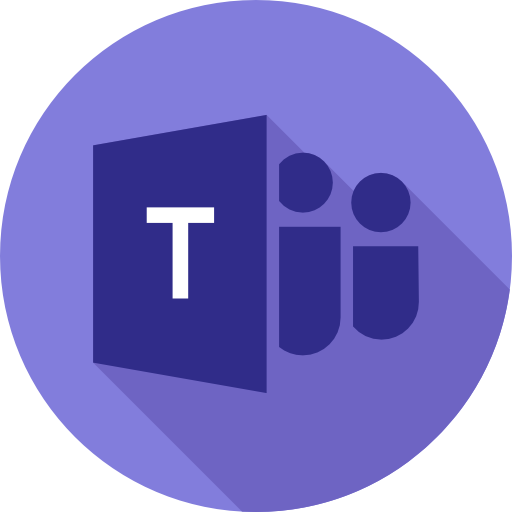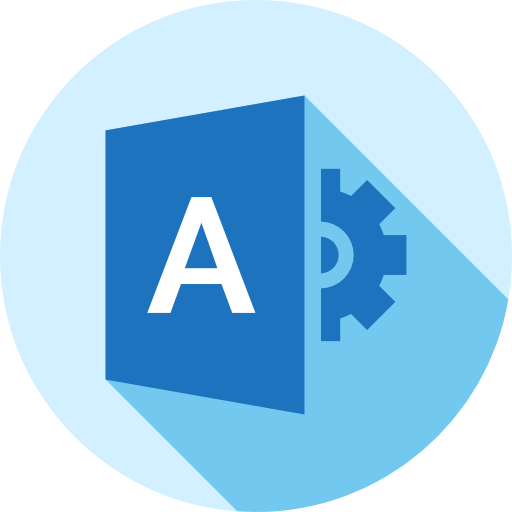Below are all of the relevant MSP related Microsoft announcements from March

Microsoft Teams
1. Workflows in Teams app store for messaging
How this will affect your organization
Workflows let you automate repetitive tasks or processes that connect one or more apps to Teams. In short, they can save you time and effort. Teams users will be able to browse, add, and manage this unified platform capability from the Teams store and from several other contexts within Teams. Many workflows run automatically without further user action once they’ve been set up; others can be run manually from the messaging area in Teams or from individual messages.
Availability is managed through allowed access to Power Automate. Current settings for Power Automate will be honored. Admins can turn off the capability by using an app permission policy or by blocking Power Automate for their organization from the Manage apps page

When will this happen:
Mid-March and should be fully deployed by the end of March.
2. Teams device store in Teams admin center
How this will affect your organization
This feature enables exploring certified Teams devices and direct procurement through Teams admin center, where admins can discover, purchase, and leverage on seamless provisioning of these devices. This new feature will appear as an additional option in your Teams Admin Center left navigation bar, called: ‘Device store’ and allow admins to access all Teams certified devices from a single place

When this will happen
Early April and is expected to be complete by mid-April.
3. Casting from Teams desktop client to Microsoft Teams Rooms
How this will affect your organization
For quick ad-hoc sessions that don’t require setting up a formal meeting, people can use Teams casting to wirelessly connect to a Teams Room and display content from the Teams desktop client (Windows and Mac). Users can share their screen and cast content stored locally on their computer or accessible via Office 365.

When will this happen:
Mid-March and expect to complete the rollout by late April.

Microsoft Exchange
1. Modern Dynamic Distribution Groups
How this will affect your organization
Today, the membership list for a Dynamic Distribution Group is calculated every time a message is sent to the group, based on filters and conditions that you have defined for that group. Since these filters can be highly complex, it can take a long time to calculate the recipient list, leading to delayed mail and in extreme cases, reliability issues. In addition to this, as DDGs are resolved only upon being sent, the actual recipient list is unknown to the sender, which can present potential compliance issues for our customers.
New changes:
- Instead of calculating group membership in real time, we will be storing the membership list for each Dynamic Distribution Group. This membership list will then get updated periodically once every 24 hours.
Note: When you create a new Dynamic Distribution Group or modify the filters of a group, it may take up to 2 hours until your group is ready to be used for the first time after creating or modifying the group filters.
Benefits:
- With this update, you will be certain of the recipient list of a Dynamic Distribution Group prior to a message being sent, which will help address any potential compliance concerns. You will have the capability to view Dynamic Distribution Group members via the Get-DynamicDistributionGroupMember cmdlet. For more information, please visit Get-DynamicDistributionGroupMember. In addition, by storing the calculated list of members on the Dynamic Distribution Group object, we will deliver messages more quickly and our service will have improved reliability.
When this will happen:
early April and expect to complete by mid-April.

Microsoft Admin
1. Enablement of combined security information registration for Azure Active Directory
How this will affect your organization
In April 2020, the combined security information registration experience for registering both multifactor authentication (MFA) and self-service password reset (SSPR) was released for you to opt in. Upcoming, we will be making the new combined security information registration experience the default for all tenants.
Combined Experience Documentation
With this change MFA and SSPR registration will occur in a combined experience hosted on MySignins page instead of separate experiences. This reduces the number of times users have to register security information. To plan for this change, you can base your training on the user documentation as well as additional security verification page to prepare your users for the new experience and help to ensure a successful rollout.
Key Point here:
- This does not trigger the user to be forced into setting up MFA. Those settings are still controlled through Conditional Access Policies and via the MFA Portal (And/or Powershell)
To review your organization’s current setting and enable combined registration for all users, complete these steps:
- Sign into the Azure portal as a user administrator or global administrator.
- Go to Azure Active Directory > User settings > Manage user feature settings.
- Under Users can use the combined security information registration experience, choose to enable for All users.

When this will happen:
early October and expect to complete rollout early January 2023.
2. New Commerce Experience Cancellation Policy Changes
How this will affect your organization
Partners now have seven calendar days–increased from 72 hours–to cancel or reduce seats after ordering or renewing new commerce subscriptions in CSP.
Partner Center Announcement with more details: https://docs.microsoft.com/en-us/partner-center/announcements/2022-march#16
When this will happen:
GA
3. Non-Profit Pricing Updates
How this will affect your organization
Microsoft is updating the prices of five Microsoft 365 nonprofit SKUs on September 1, 2022 for new and existing nonprofit customers.
- Microsoft Office 365 E1: from 2.00 to 2.50 USD
- Microsoft Office 365 E3: from 4.50 to 5.75 USD
- Microsoft Office 365 E5: from 14.00 to 15.20 USD
- Microsoft 365 E3: from 8.00 to 9.00 USD
- Microsoft 365 Business Premium: from 5.00 to 5.50 USD
Other key points:
- Will not affect any offers available as grant
- Price Increase will apply globally
- Full Partner Center Announcement: https://docs.microsoft.com/en-us/partner-center/announcements/2022-march#20
When this will happen:
September 1, 2022
